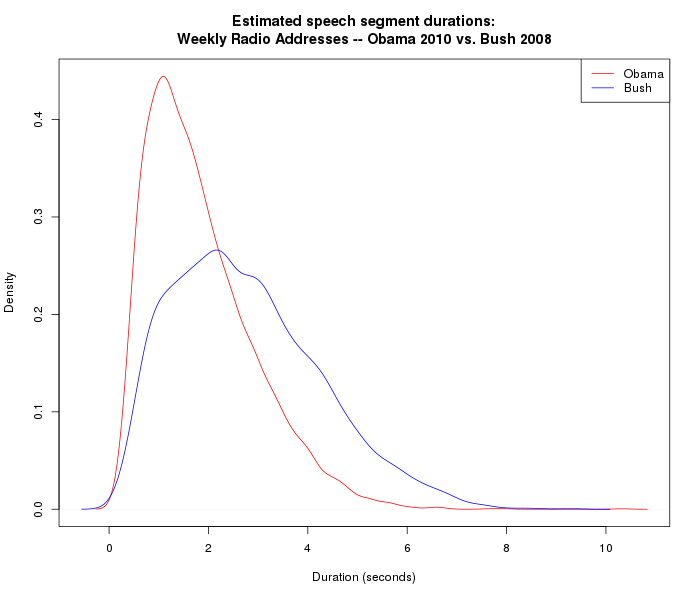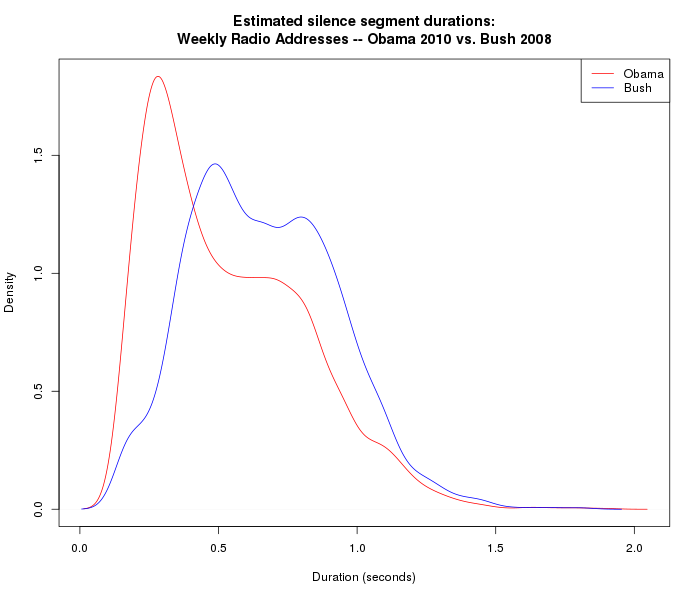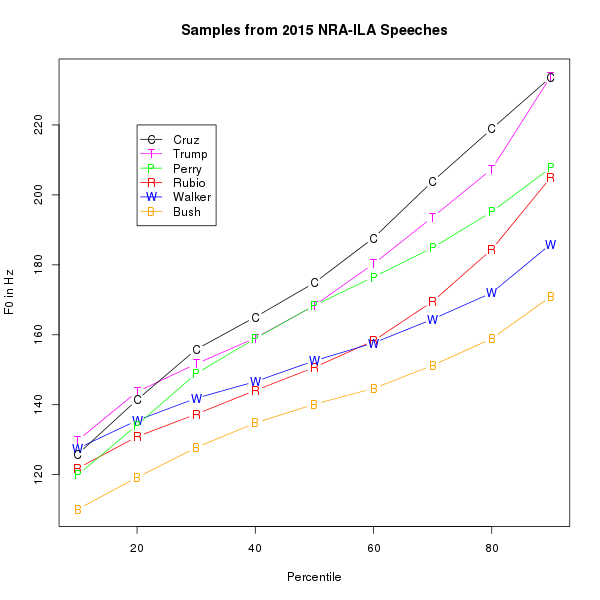We've often complained about the ignorant aftermath of E.B. White's ignorant 1959 incitement to which-hunting, which launched the idea that restrictive (or integrated, or defining) relative clauses in English should always and only be introduced by that, while non-restrictive (or supplementary, or non-defining) relative clauses should be introduced by which. (See "Reddit blewit" 12/24/2012 for details and additional links. Note that for simplicity, I'm considering only relative clauses with inanimate/nonhuman heads, though the fundamental point remains the same when we add who to the mix.)
My point today is that the whole distinction is a false one.
More exactly: The traditional restrictive/non-restrictive dichotomy merges distinct morphological, syntactic, semantic, prosodic, rhetorical, and psychological questions; the correlation among these different dimensions is loose at best; several of the relevant distinctions are gradient rather than categorical; and some of the distinctions are sometimes a matter of pragmatic vagueness rather than grammatical ambiguity.
If I'm right, then modern linguists have been committing White's sin in a less extreme form, trying to impose an over-simplified rationalist taxonomy on a more complex linguistic reality.
Read the rest of this entry »




